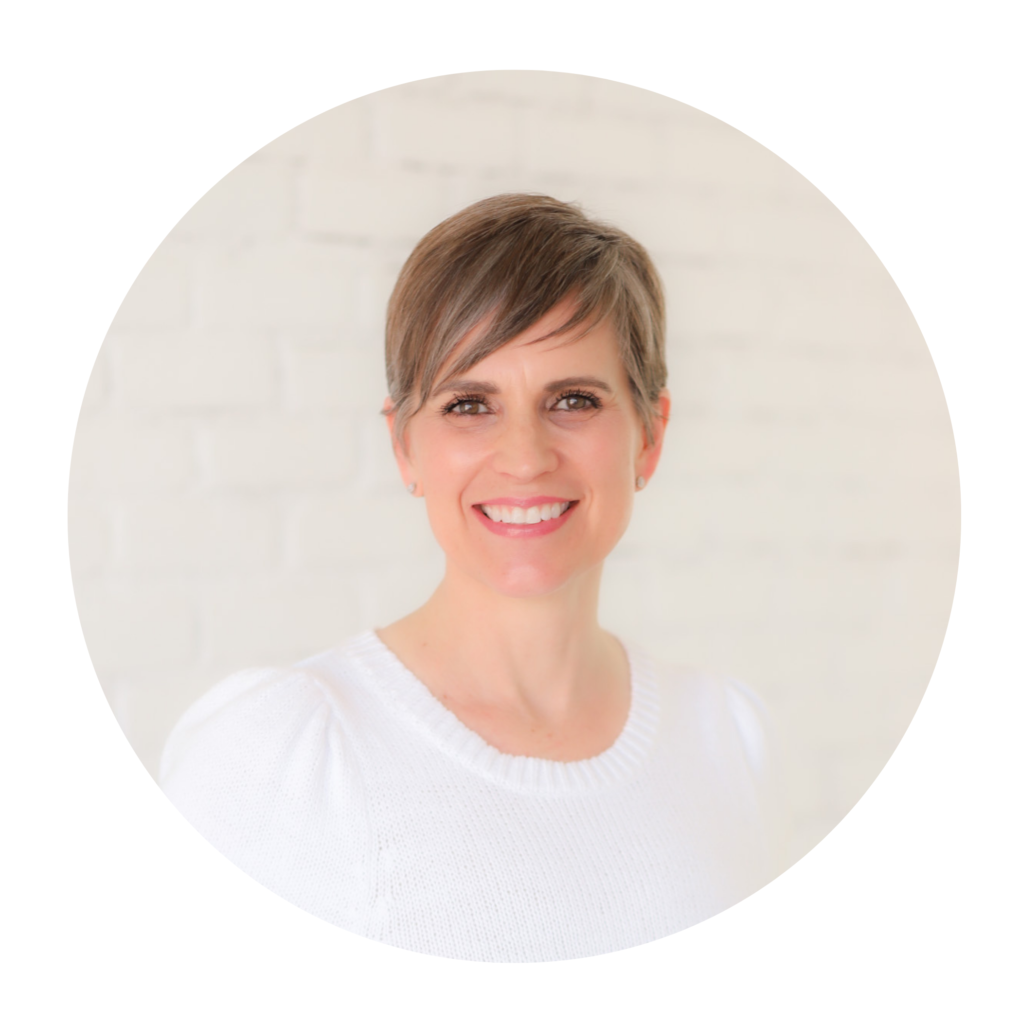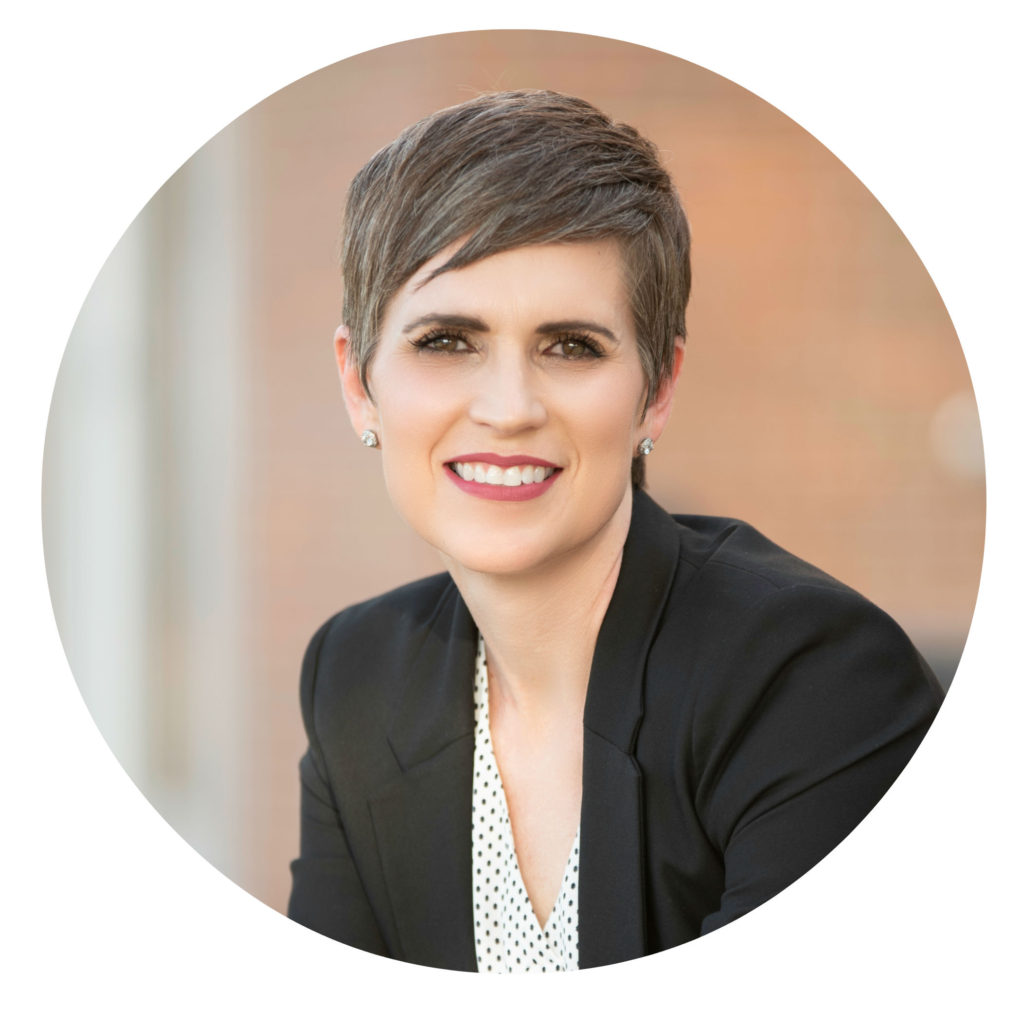I remember the first time I heard about the Thought Model.
It made perfect sense to me.
You know that feeling you get when you know you are hearing pure truth? That was the feeling.
It explained so much in so few words.
To me it was a simple equation with variables to manipulate that could create hundreds of different results.
So what exactly are the variables?
Circumstances.
These are the factual pieces of the story we tell about our lives. We all have a story we like to tell.
My husband is a busy surgeon who doesn’t have time to do anything, which means I have to figure everything out on my own and I feel constantly overwhelmed by all of it. I don’t want to do any of it, anymore.
The only facts in this story are: husband employed as a surgeon.
When we can separate out the facts from the story, we can begin to see things more clearly.
Thoughts.
Thoughts are the story we tell about the facts. And the good news is that we get to decide what we believe about those facts.
This was news to me! I just assumed that everyone with the same facts would have the same experience. Not so.
Two people watch the same movie, at the same theater, at the same time. As they exit, one believes it was the best movie she has ever seen and the other believes it was the worst movie she has seen. Who is right? If the movie is responsible for creating thoughts then they would both have the same experience and the same thought about the movie.
But this happens all of the time. The same set of circumstances produces unique thoughts to unique individuals.
Feelings.
Our feelings are caused by what we think. They are not involuntary and they are not caused by our circumstances. Feelings are a vibration in the body that’s caused by a thought. Not to be confused with a sensation that starts in the body.
Mind blown, again.
Surely, this had to be wrong. No one had ever told me that I controlled my feelings with my thoughts!
This seemed like such a radical concept.
We aren’t aware of our programming most of the time. We simply think it is who we are. But what if we are wrong about all of it?
Actions.
Actions describe all of the things we are doing, and all the things we don’t do when we are experiences certain feelings. (For me, almost all negative emotions have lead to chocolate in the closet!)
Everyone has their own version of what they do when they feel something they don’t want to be feeling.
When we learn something, it creates a very weak neural pathway. If we repeat it or add a significant amount of emotion to it, it becomes more and more unconscious and effortless. A habit is formed. When circumstance happens, I think this thought, I feel this way, and then I behave in this manner.
Result.
This is the sum of our equation: Circumstances + Thought + Feeling + Action = Result.
Traditionally we write the model in its abbreviated form like the example below:
C: husband is a surgeon
T: I have to do everything. (Negative)
F: overwhelmed
A: procrastinate, eat cookies in closet, blame his job for my discomfort, resent the time he spends at work, etc.
R: I don’t do it either, and I now have extra weight too.
When I was able to look at my life like an equation and took responsibility for the variables, my life shifted and continues to shift.
I am still married to my husband, and he is still a neurosurgeon so what changed?
You guessed it. I changed my thoughts about all of it.
Using the exact same circumstance, but changing the thought you have about it creates different emotions and actions which alters the experience you have with your circumstances.
C: husband is a surgeon
T: I do almost everything at home, and that’s okay (positive)
F: confident
A: do what needs to be done, take care of myself, believe he is doing his best.
R: I get things done and it’s not a problem.
Final Thoughts:
Maybe this is the first time you have been introduced to the model, or the concept of Thought Work. Don’t be intimidated. It’s simple, but not always easy. If you’d like help getting started on your own thought work consider a free mini-session.



